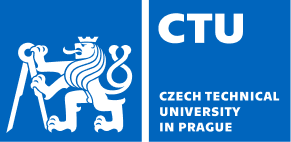About this course
Students will be guided to explore the general structure of discrete, continuum and discretized models used in linear and nonlinear statics and dynamics of structures (beams, frames, plates) and solid bodies. Emphasis will be placed on the universal nature of the underlying fundamental principles, such as the principle of virtual work (or power) and variational principles (Lagrange, Castigliano, Hellinger-Reissner, Hu-Washizu, Hashin-Shtrikman, Hamilton), and on the duality between static and kinematic equations/operators. Tensorial notation will be introduced and used throughout the course.
Learning outcomes
The classes combine lectures and seminars with active student participation. A key role is played by problems assigned as homework, which form the basis of presentations and discussions in class. The objective is not only to transfer specific knowledge, but also to develop students aptitude for independent thinking and critical analysis.
Course requirements
Prerequisites: Basic concepts of structural mechanics (beam models, hyperstatic frames) and strength of materials (elastic stress-strain law, Cauchy equilibrium equations).
Resources
- Lecture notes prepared by the instructor
- M. Jirásek, Z. P. Bažant: Inelastic Analysis of Structures, Wiley 2002
- M. Itskov: Tensor Algebra and Tensor Analysis for Engineers, Springer 2013
Activities
Lectures, seminars, self-study and exercises
Additional information
- Coordinating facultyCzech Technical University in Prague
- Contact a coordinator
- CreditsECTS 5
- Contact hours per week3
- Instructorsprof. Ing. Jirásek Milan DrSc., Ing. Horák Martin Ph.D.
- Mode of instructionHybrid
Offering(s)
Start date
17 February 2025
- Ends21 September 2025
- Term *Summer 2024/2025
- Instruction languageEnglish
- Register between6 Jan - 10 Feb 2025
